Morocco:
Berber lands
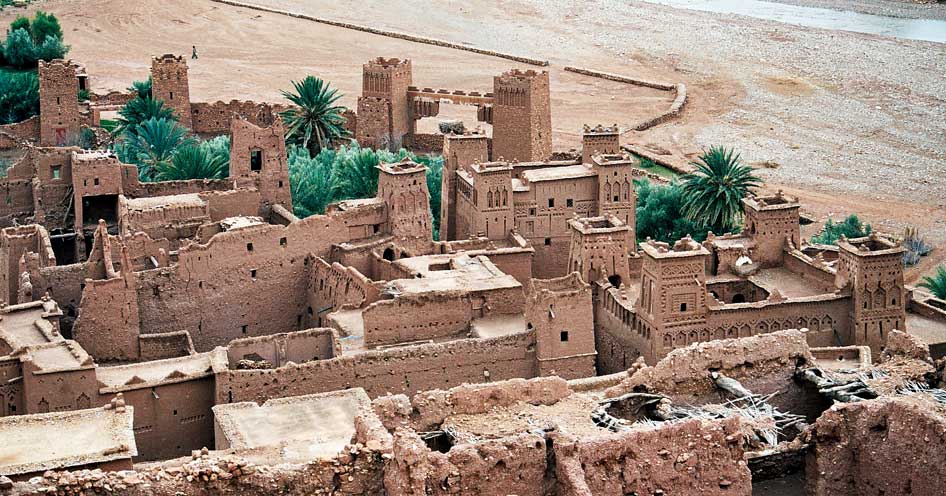
It's a pain to reach the ksar (fortress) of Ait Benhaddou by public
transportation from Ouarzazate, between the changes or transport and
lying taxi drivers, but it's so worth it. The inland desert of
Morocco, realm of ethnic berbers, holds some of the most spectacular
sites that Morocco has to offer.
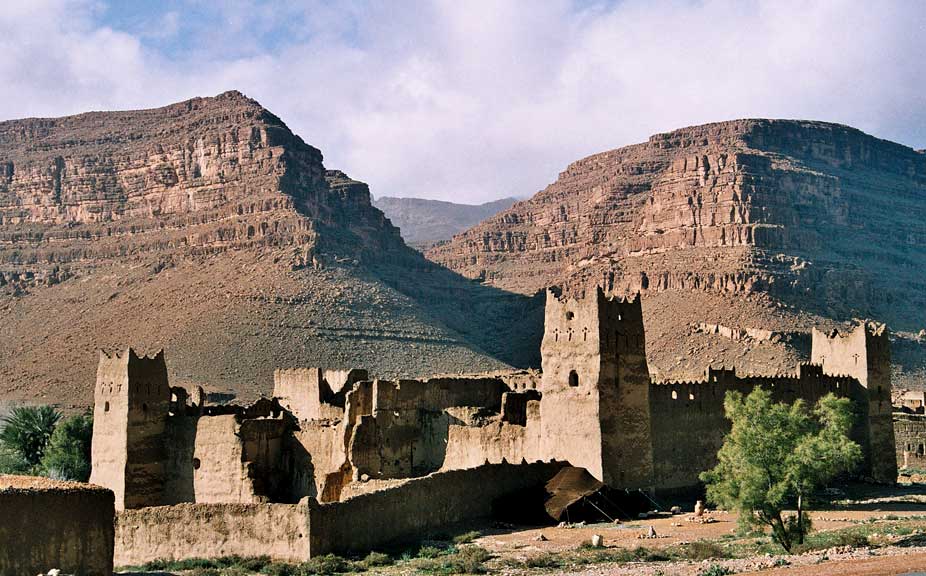
Ksars dot the road through the Gorges du Ziz, one of the few passes
running over the High Atlas mountains. In fact, ruined ksour are
everywhere to be seen and one of the great visceral pleasures of
travelling in the inland valleys of Morocco.
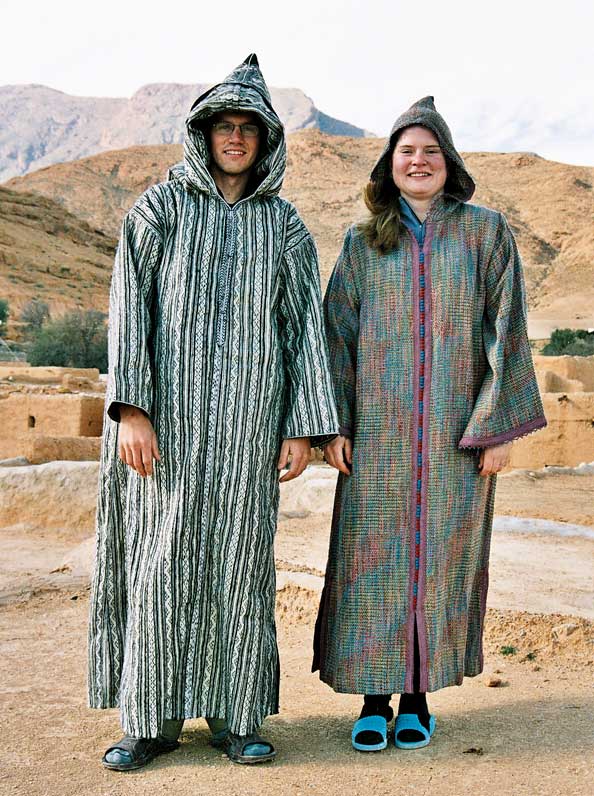
Moroccans are notoriously reluctant to have their photos taken,
especially women. Westerners often assume this touchiness is due
to religious reasons but in fact most of them have the irrational fear
that their image will end up on the Internet. So instead I'm
putting up on the Internet images of volunteers Ryan and Rose modelling
the latest in high quality djelaba fashions. I had a lovely time
in their village of Tirnest, which is arab though located in a
predominantly berber region. Being invited to the funeral
ceremonies of a respected village elder was quite special.
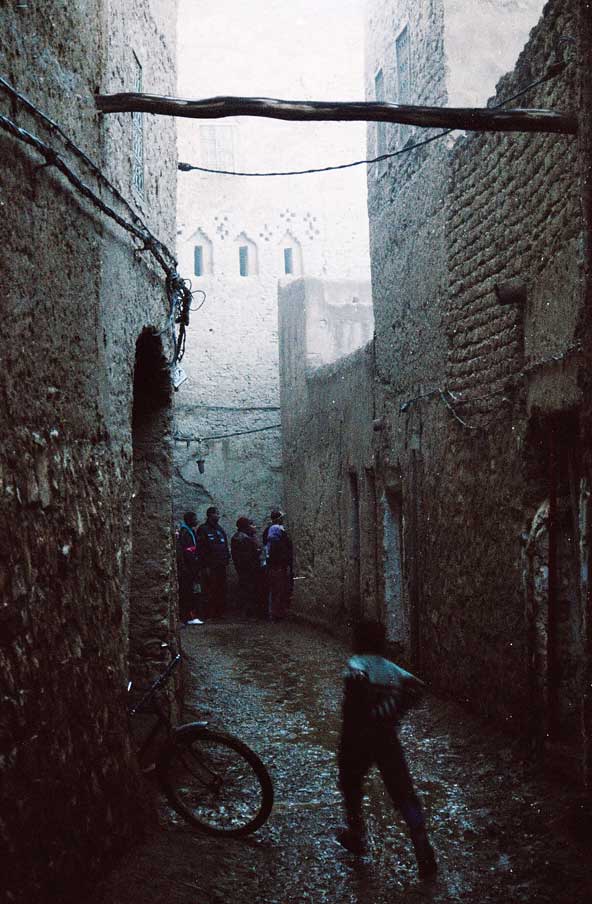
A muddy alley in the atmospheric medina of Goulmima, a Berber
stronghold.
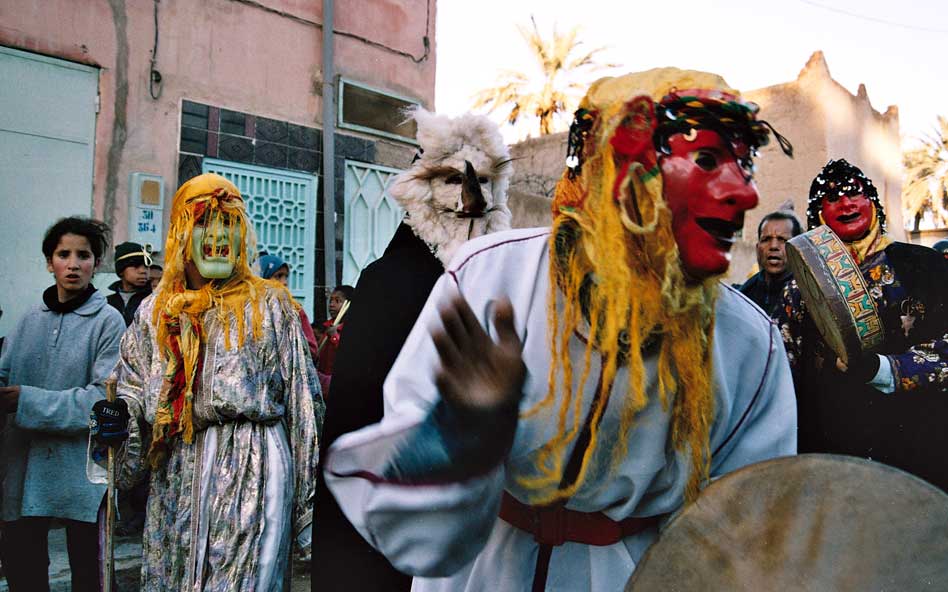
I hung around this region a couple of extra days in order to attend the
festival of 10 ashura (a date in the semitic calendar) in
Goulmima, on the advice of friends I made in the nearby city of Rich,
and it didn't disappoint. The Hallowe'en like festival has its
origins not in moorish or berber or islamic traditions, but in ancient
Babylonian jewish customs, truly an odd bunny in this part of the
world. It should be noted that North Africa, and Morocco in particular,
have had very large Jewish populations in recent history and they get
along very well with the majority muslims. Here, the masked
celebrants parade through the streets and swarm around our car just
before sundown in anticipation of the big party at night.
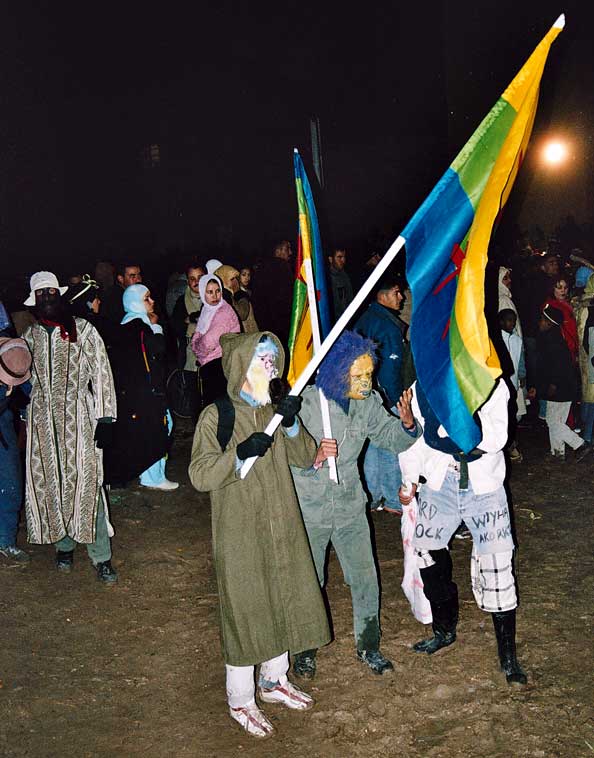
These gorillas are waving Berber independence flags. On any other
day, any other city, they'd be facing brutal interrogations and prison
time at the hands of the authoritatarian police. Despite having a
relaxed image in the outside world, Moroccan authorities are typically
arab in their heavyhandedness. Goulmima berbers will speak to you
openly about dreams of an autonomous Berberia, and about their distaste
for the regime in Rabat.
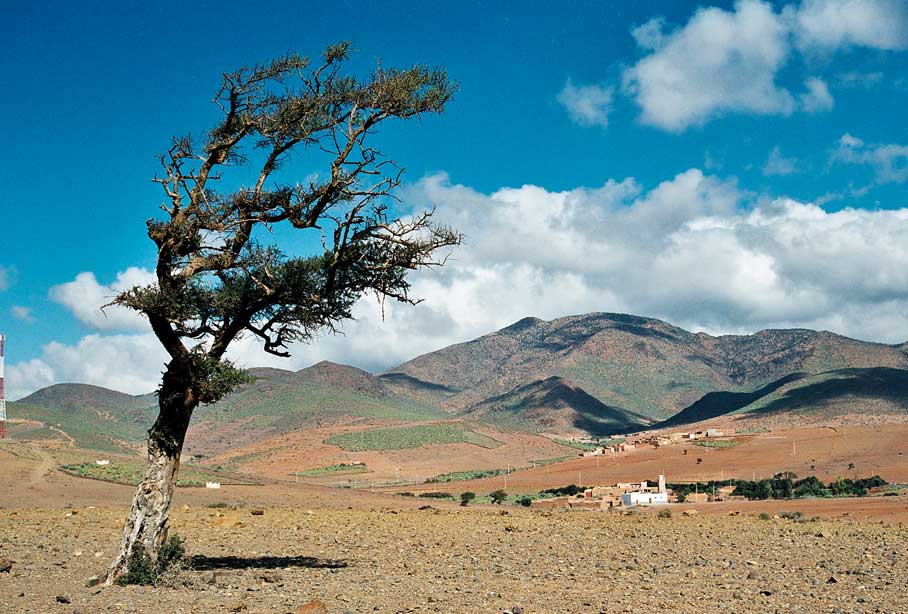
Rural countryside near the village of Sbouya in southern coastal
Morocco. Considerably warmer than the north in wintertime, the
heat can also be oppressive in the summer, when poor locals have
unreliable access to electricity and clean drinking water (which they
have to hike to a well to fetch). As in most high-end developing
countries, the slick capital cities are a poor indication of living
conditions amongst rural majority.
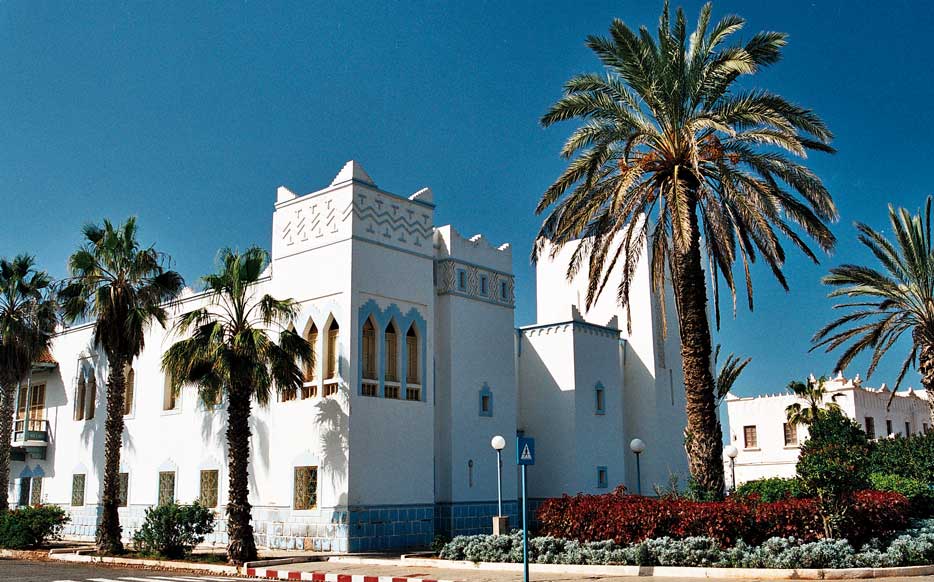
The sleepy lifestyle and architecture in the southern port of Sidi Ifni
reflects its former Spanish colonial past. This is a
tribunal I believe.
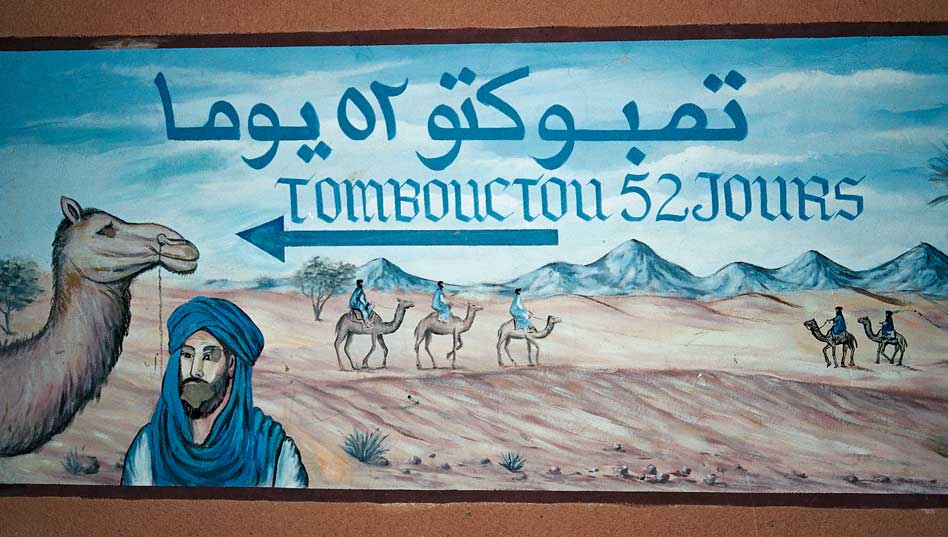
At the eastern edge of Morocco, on the lip of the Sahara desert, this
oft-photographed sign in Zagora reels in the tourists, and good thing
too, because there's nothing else in the town. The civic
authorities have unfortunately relocated the sign recently to a spot
next to a luxury hotel. It took me less than 52 days to reach
Timbuktu, but I crossed the Sahara taking motorized public transport
down the more clement coastal route








